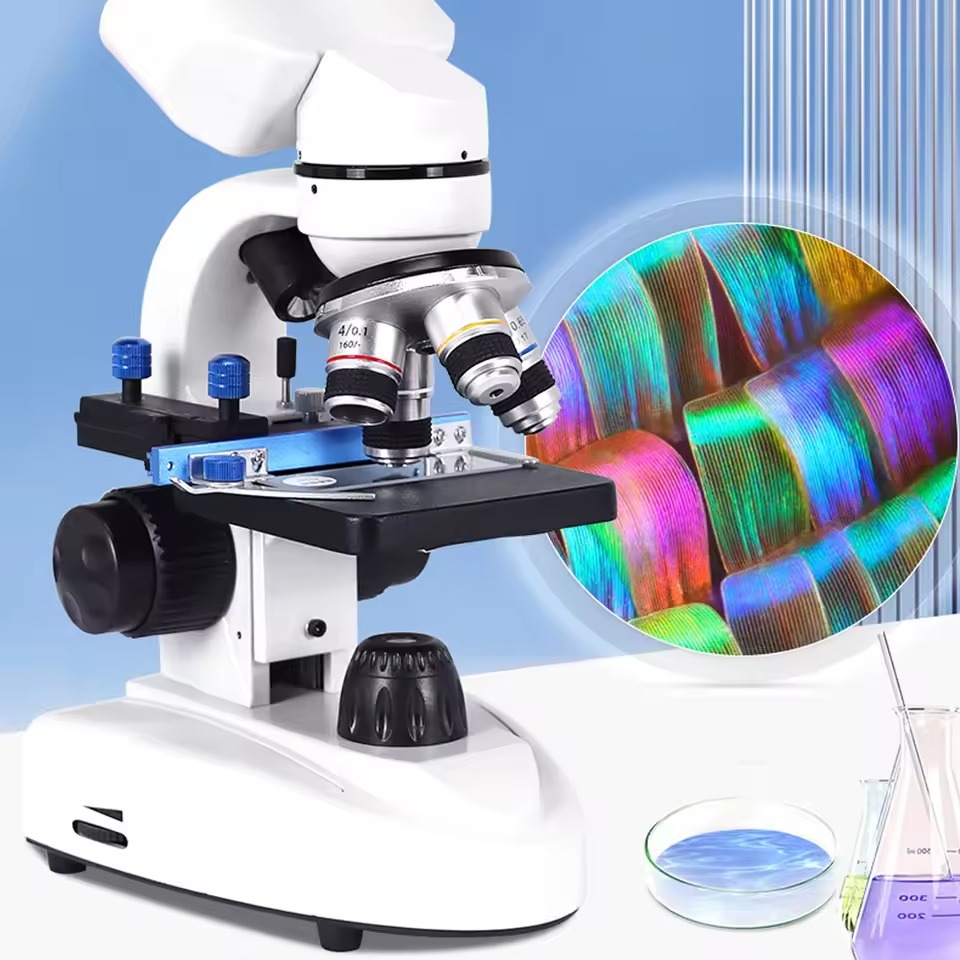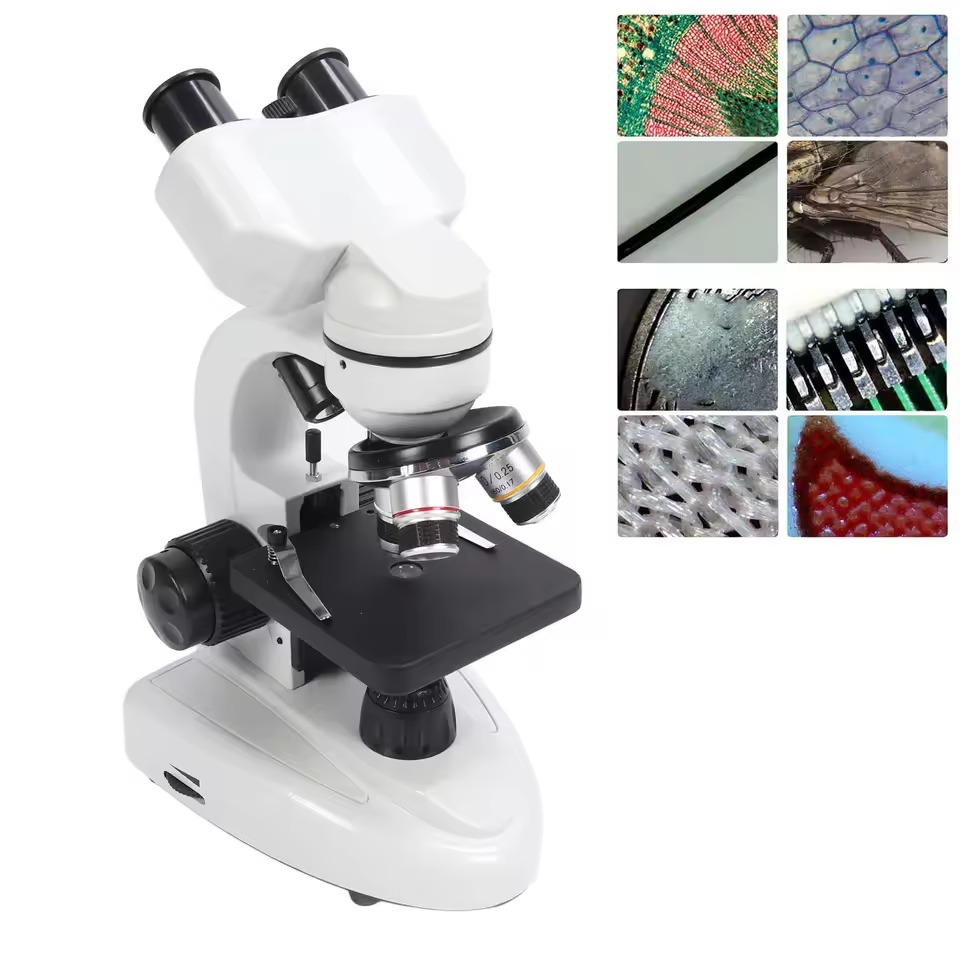The Dawn of Microscopy
The Story of Microscope Genesis: Unveiling Its Inventor This tool allowed humans to explore the unseeable and understand the minute building blocks of life. But the journey to this invention began long before the Renaissance era.
Early Concepts and Inventors
The roots of microscopy trace back to simple glass lenses. Early inventors used these lenses to magnify objects. One of the first recorded uses of a magnifying device was by the Romans in the 1st century AD. They observed small texts and objects with a glass globe filled with water. The art of making lenses improved over the centuries. By the 13th century, spectacle makers in Italy were creating lenses to improve vision.
The term ‘microscope’ was coined much later. When was the microscope invented? Scholars argue about specific dates, but most agree it was in the late 16th century. Two Dutch spectacle makers, Hans and Zacharias Janssen, are often credited. They experimented with multiple lenses in a tube and laid groundwork for future magnification devices.

The Influence of the Renaissance on Microscopic Discovery
The Renaissance, a time of great cultural and scientific awakening, fueled the development of microscopy. The avid pursuit of knowledge and the revival of classical learning pushed inventors and scientists to challenge the known boundaries. The invention of the printing press allowed for widespread sharing of ideas. This era’s spirit opened doors for critical questioning and systematic observation, which were vital for the development of scientific tools like the microscope.
Curiosity led to pioneering discoveries. As lenses improved, so did the ability to magnify objects. This advancement was crucial for the study of natural sciences and medicine. The interconnected growth of art, science, and technology during the Renaissance set the stage for inventors to perfect and share the early versions of the microscope. The ability to see beyond the naked eye transformed not only how we observed the natural world but also how we thought about it.
The Compound Microscope: A Revolutionary Advancement
After initial magnification devices, the compound microscope marked a major leap. This tool used multiple lenses to enhance magnification power. The compound microscope was not just an improvement. It was a revolution in scientific observation.
The Contributions of Zacharias Janssen
Zacharias Janssen, often linked to the invention of the microscope, played a pivotal role. Alongside his father Hans, Janssen explored placing lenses in a tube. This setup was instrumental. It forged a path for more advanced microscopes.
Janssen’s work in the late 16th century is crucial. His design allowed for greater magnification. This made tiny details in objects visible for the first time. While historians debate ‘when was the microscope invented,’ Zacharias’s contributions are undeniable. Janssen’s curiosity drove science forward.
Galileo’s Refinements and Discoveries
Galileo, famed for his astronomical insights, also turned his eye to the microscopic. His work refined the compound microscope, enhancing clarity and usability. Galileo’s version, named the ‘occhiolino,’ brought sharper detail to view.
His refinements in the early 17th century proved vital. They allowed scientists to explore beyond limits previously thought. Galileo’s discoveries with his version of the microscope prompted more curiosity. This curiosity led to an era of scientific breakthroughs that continues to this day.

Antonie van Leeuwenhoek and His Microscopic World
Antonie van Leeuwenhoek, a Dutch tradesman, took microscopy to a new level. He was born in 1632, long after the first compound microscope was created. But his natural curiosity and craftsmanship led him to produce single-lensed microscopes that surpassed the quality and magnification of the existing compound microscopes of his time. This earned him the title of the ‘Father of Microbiology’.
The Father of Microbiology
Leeuwenhoek was not formally trained in science, which makes his contributions all the more remarkable. With a background in cloth trade, he developed a keen eye for detail, which he applied to his lenses. His microscopes, with magnifications up to 275 times, revealed microscopic life never seen before. Leeuwenhoek’s pioneering work laid the foundation for microbiology. People started asking, ‘When was the microscope invented?’ because his discoveries had changed how they viewed the microscope—it was now a critical tool for biological discovery.
Leeuwenhoek’s Methods and Observations
Leeuwenhoek’s technique was simple but effective. He ground and polished tiny lenses, then mounted them on brass plates. By placing the lens very close to his eye and the specimen to be observed right in front of the lens, he could see the tiniest of details. Through these lenses, Leeuwenhoek made groundbreaking observations of bacteria, spermatozoa, and the structure of plants and insects. His meticulous records and drawings have given us a detailed glimpse into the microscopic world of the 17th century. His methods, although rudimentary compared to today’s standards, were revolutionary at the time. They emphasized the importance and utility of the microscope in scientific investigation. Leeuwenhoek’s observations proved that there was a whole world to explore at the microscopic level, forever changing our understanding of the living world.
The 18th and 19th Century: Microscopy Matures
With the groundwork laid in the 17th century, the next two centuries saw vast improvements in microscope design and functionality. Craftsmen and scientists of the time identified and overcame challenges in earlier models, bringing forth a new era in microscopy.
Technological Innovations in Microscope Design
During the 18th and 19th centuries, microscope design underwent significant changes. Stems grew longer, lenses became more powerful and handling the devices became easier. Innovators introduced achromatic lenses to reduce the distortion seen in images. This leap in optical science allowed for clearer, more precise views of microscopic organisms. Mechanisms to adjust focus finely were also developed, offering scientists greater control during observation. The advances made microscopes more than just curious devices; they became essential tools for researchers.
Notable Microscopists and Their Discoveries
This period is also remembered for the microscopists who made notable discoveries. Their work answered many questions about life at the microscopic level. Among them was Matthias Schleiden, who, with his microscope, saw plant cells and understood their importance. Schleiden, alongside Theodor Schwann, developed the cell theory, which is central to modern biology. Other key figures like Robert Hooke also made significant strides with his elaborate drawings of the cell structure. As the 19th century moved on, the microscope’s place in scientific discovery was firmly established. These microscopists, with their astonishing finds, impressed upon society the need to ask and explore the question ‘When was the microscope invented?’ once again, as it underscored the importance of this remarkable tool in shaping our current understanding of the world.

The Modern Microscope: From Optical to Electron
The evolution of microscopy didn’t stop with Leeuwenhoek’s enhanced single-lens device. As the centuries progressed, the optical microscope underwent transformations that eventually led to the groundbreaking creation of the electron microscope. This period in the history of microscopy marks a significant departure from traditional optical devices and a major advancement in our ability to visualize the microscopic world.
The Quantum Leap: The Invention of the Electron Microscope
When was the microscope invented? This question gained a fresh dimension with the invention of the electron microscope in the 20th century. Unlike traditional microscopes, which use light to illuminate specimens, the electron microscope employs a beam of electrons. This allowed scientists to achieve magnifications thousands of times greater than the most powerful optical microscopes. The electron microscope showed details at the atomic level for the first time, revolutionizing fields like materials science, biology, and medicine.
Advancements in Digital Microscopy
Moving into the digital age, microscopes have continued to evolve. The latest advancements include digital microscopy, which combines optical hardware with digital cameras and software to capture and analyze images. This technology makes it easier to store, share, and study microscopic images. Digital microscopes also often include features like 3D imaging and automated sample scanning, which expand their utility and enhance the precision of microscopic studies. As microscopes become more sophisticated, the answer to ‘when was the microscope invented?’ encompasses a history rich in innovation and a future filled with possibilities.
Impact of the Microscope on Science and Society
The invention of the microscope caused a major shift in science and society. By letting us see the unseen, it has been vital to numerous discoveries and advancements. The microscope’s role in medical breakthroughs and education has been particularly noteworthy.
The Microscope in Medical Breakthroughs
The microscope’s most dramatic impact may be in medicine. It has let doctors and researchers see pathogens like bacteria and viruses. This has led to better ways to fight diseases. For example, the understanding of germ theory by Louis Pasteur came with the help of microscopes. Also, the development of vaccines was possible because of our ability to study microorganisms closely. From diagnosing illnesses to exploring cures, the microscope has been a key tool in medical science.
Education and the Spread of Microscopic Knowledge
In education, microscopes have changed how we teach and learn about biology. They give students a direct view of cells and structures described in textbooks. This hands-on experience makes learning about the natural world exciting and real. Microscopes are also used to train future scientists. Their use in labs across schools and universities has been crucial. They help shape the next generation of innovators. By answering the question, ‘When was the microscope invented?’ we highlight its enduring influence on learning and discovery.
